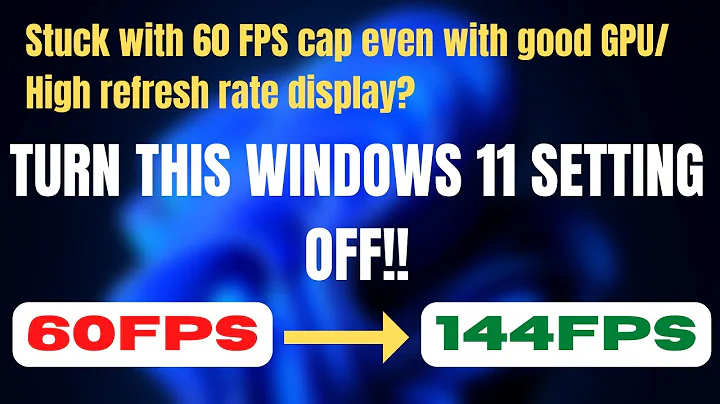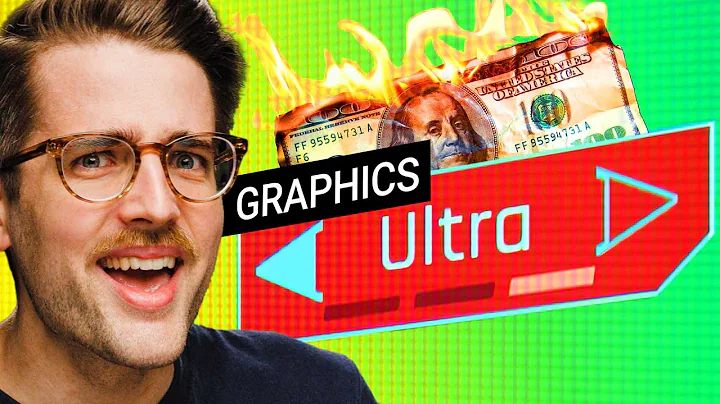When it comes to 120Hz high-brush TV, there are actually some twists and turns. Just when 120Hz high refresh screens were not popular, some people developed some frame insertion technologies, such as DLG and HSR, using this "soft high refresh" to achieve 120Hz.

This "soft high brush" is actually an interpolation algorithm that reduces the resolution of a single frame. For such a high-end brush, if the price is not increased, it is fine to give it for free. If it is used as a selling point to increase the price, it is actually not very good. After all, the user does not get the 4K resolution picture at 120 frames per second, and the money spent does not get the expected effect. . TVs like
are generally called 120Hz high refresh technology, or 120Hz MEMC, but they don’t say 120Hz high refresh, nor do they say full channel, full link high refresh, so they can still be identified.

This time, we will look at several TVs with true 120Hz high refresh rate, all of which are relatively competitive in price.
The first is the Skyworth TV A23 2023 model, with a price of 3,299 yuan.

This model is Skyworth 65A23, which is 65 inches, 200-300 nits brightness, 120Hz high brush, 100% sRGB color gamut, △E≈1.2, higher color accuracy. Supports VRR variable refresh rate and ALLM automatic low latency.

has 2GB memory, 32GB storage, two HDMI 2.1 interfaces, dual-band WiFi, 20W speakers, and a total power of 200W.
mainly has 120Hz high refresh screen, 120Hz MEMC, and the latest interface, achieving full-channel 120Hz. Although the brightness and color gamut are average, they are also very distinctive. The second model of
is Vidda 65V3H-X, priced at 2,999 yuan.
This TV is equipped with a 65-inch, 120Hz screen, 120Hz MEMC, 120Hz decoding, and 120Hz interface to achieve full-channel 120Hz. The color accuracy value of

is about 1.2, which indicates smaller color difference and higher color accuracy. The color gamut is 130% BT.709, the brightness is 200-300 nits, and it supports Dolby Vision. In addition, it supports VRR variable refresh rate, ALLM senseless low latency, HDMI 2.1 interface, 16W speakers, and supports Dolby Atmos. The

interface not only has coaxial, but also eARC, which has an HDMI 2.1 full-speed interface. The WiFi 6 speed is 600Mbps, which is the doorway to WiFi 6 speed. In addition, there is 3GB of memory, 64GB of storage, NFC screen projection, far-field voice, and a power of 160W.
is a product with comprehensive functions. Of course, the brightness is average, but the color gamut value is not low. It also has a full-speed HDMI 2.1 interface. It is really not expensive at 2,999 yuan.
finally took a look at the 65T7E of TCL, the price was 4299 yuan.
This TV is a full-link 144Hz high refresh rate, and the configuration is not low.

This TV uses a 65-inch screen, 4K resolution, 144Hz high refresh rate, 130% BT.709 color gamut, ΔE0.99, 300-500 nits brightness, and supports AI+MEMC to reduce smearing.
It supports full ecological HDR, including Dolby Vision IQ, HDR HLG, HDR 10+ and so on. At the same time, the game has been further enhanced to support AMD FreeSync Premium to reduce screen tearing. Support VRR variable refresh rate, ALLM automatic low latency.

It has 3 HDMI 2.1 full-speed interfaces, supports 48Gbps transmission rate, and ensures a 4K 144fps gaming experience. It has 20W speakers and supports Dolby Atmos. It has dual-band WiFi, quad-core A73 processor, 4GB memory, 64GB storage, and 180W power supply.
Overall, this TCL model has slightly higher brightness, higher refresh rate, supports higher HDR certification, supports higher AMD game certification, and has more HDMI 2.1 interfaces, but the price is also about 1,000 yuan more expensive. The Vidda, and Skyworth models are close to each other and both are relatively mature models.
So, is it necessary to buy a high-definition TV? The reviewer thinks it is necessary, because maybe one day, the next movie will be 120 frames, and the party may also be 120 frames. At this time, it will be disappointing if you don't have high refresh rate, so you can really consider it.





















